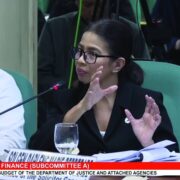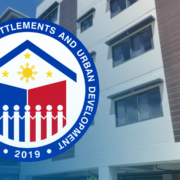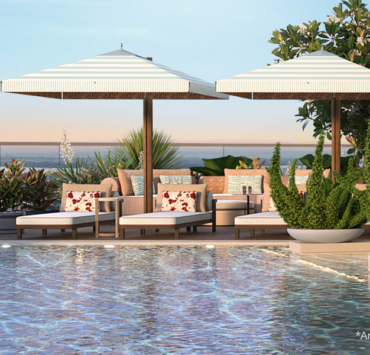The developers’ role in community building
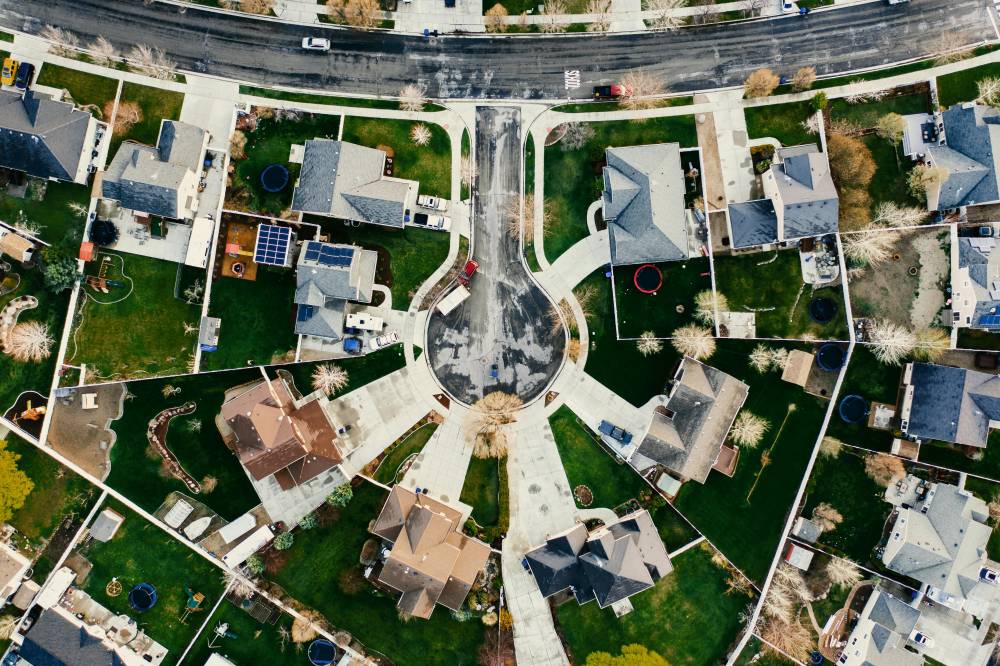
Nowadays, real estate developers go beyond the business of selling spaces. They also curate lifestyles.
Beyond shaping the physical environment, real estate developers have the powerful capacity to build social fabrics, transform attitudes and foster culture. They can dictate how people interact with each other and build communities.
This is essential as it affects how users perceive their spaces and actually decide whether or not they stay for good.
How can we tell if a real estate developer will help us gain a sense of belongingness? That they take the extra steps to take care of you beyond sales? The answer might just surprise you.
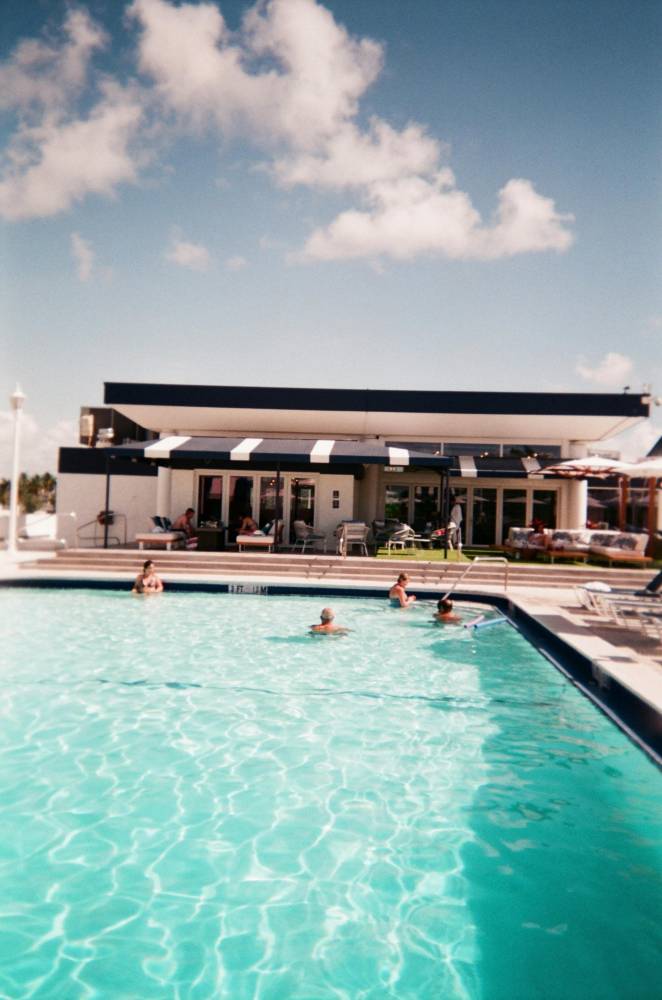
Obvious measures
The American Urban planner Kevin Lynch once said, “As an artificial world, the city should be so in the best sense: made by art, shaped for human purposes.”
An ideal place to live in is one that remembers your humanity and helps strengthen it. Beyond serving your basic needs, the best place to live in gives you a sense of community and grows your roots to keep you firmly planted there.
One obvious way developers foster a sense of community is by fostering social events. Some examples are Zumba classes and blood donation drives on weekends. These scheduled activities not only benefit our personal drive for accomplishment, but also provide an atmosphere where we are inclined to socialize with our neighbors.
One more way developers can build rapport among neighbors is by utilizing technology.
Some communities have mobile apps that ease communication with property managers and tenants. These apps usually have platforms where neighbors can directly converse with each other to discuss community concerns and plans. Organized social activities and technological developments are perhaps the most direct ways real estate companies shape communities.
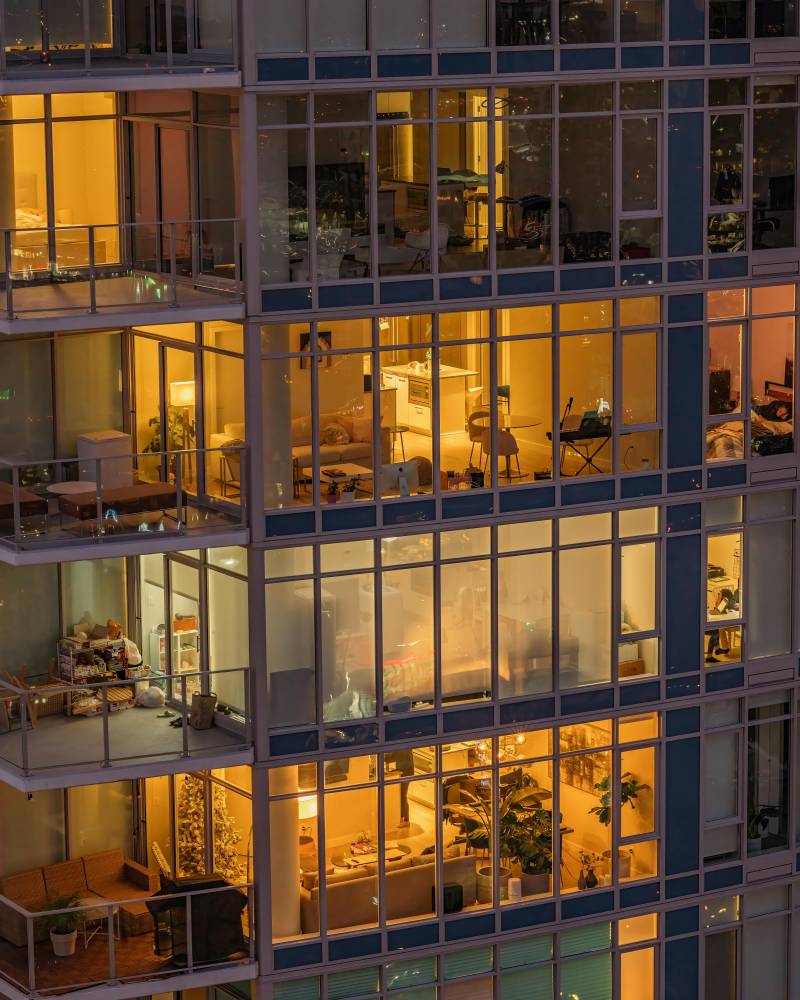
Subtle influences
While not as obvious, you can also tell how developers really care for you by assessing their offered spaces. Are amenities built to keep you in the company of others, or to shield you away from them?
Observe also how amenities are used in your place of residence. Do children really enjoy and come back for play areas, or are they uncomfortable and unenjoyable for repeated use? Do meditation gardens really serve as places to calm your mind, or are they inaccessible to people?
Subtle details like these tell you how developers envision their neighborhoods in the long run. They also provide ways for developers to dictate your actions. If they drive you to feel alone most of the day, these are not healthy spaces to be in for your mental well-being.
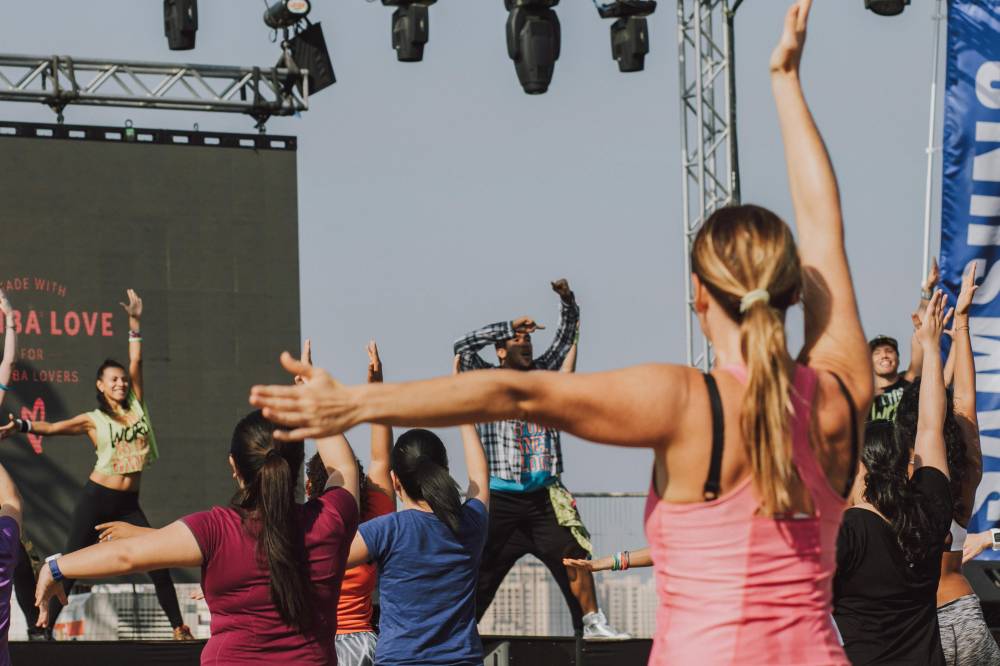
Promoted values
Lastly, you can discover the values that developers promote by exploring their offerings.
Does your neighborhood encourage art, sustainability and concern for the environment? Do they promote sports, outdoor activities and non-profit agendas? These values, whether literally stated or indirectly advertised, will shape the way you live.
To exemplify: if your neighborhood has regulations on waste segregation and recycling, you’ll be more inclined to be more responsible for the stuff that you discard. If cultural activities are held regularly, you’ll be encouraged to explore art, music and other elements which bind you to like-minded individuals in your community.
Such promotions not only make your neighborhood more interesting and vibrant, they also ensure its longevity. If your developer encourages good things to begin in the neighborhood’s communal spaces, individual homes are more inclined to follow the same values.
Stronger bonds, better neighborhoods
Overall, your domestic environment extends beyond your actual home to the community you live in. If you prioritize your mental well-being, personal values and social relations, assess your developer’s methods in building your community.
Beyond aesthetics and basic provisions, your community should make you feel a sense of belongingness and a strong identity. If these factors are all present in your neighborhood, there’s a huge chance that you will feel content and secure to stay here for the long run.
These things matter because your environment will contribute to how life would turn out for you on a daily basis.
Resources: Michael Tuszynski, Caio, Jonathan Burton and Kate Trysh via pexels.com
A Filipino architect who has a Master's Degree in Interior Design of Commercial Spaces from IED Barcelona, Spain and with twelve years' worth of experience under the tutelage of Filipino architectural firms.





